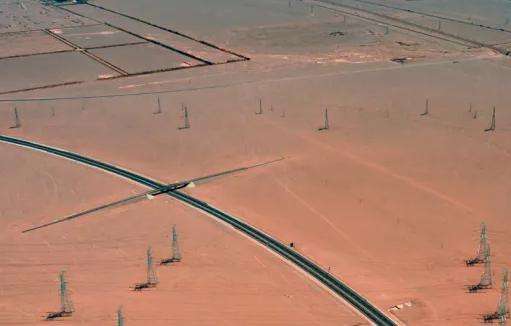The most advantageous flat shape against wind is the circle.
1. Advantages of the circle
The reason why the circular plane shape is beneficial to wind resistance is that it can disperse the wind force over a larger area, thereby reducing the weight of the building. local stress to reduce wind damage to buildings. The round shape can also reduce the impact and vibration of the building, improving the stability and earthquake resistance of the building. When designing buildings, choosing a circular plane shape can effectively improve the wind resistance of the building.
2. The emergence of wind
Solar radiation is the source of energy generated by wind. Due to the uneven heating of the earth's surface, the temperature in different areas is different, resulting in a temperature difference. This temperature difference causes air to move, creating wind. The rotation of the earth will deflect the direction of air flow, forming winds in different directions.
3. Principle
The circular plane shape can evenly disperse the wind force and reduce the wind area, thereby reducing the impact of wind on the building. In non-seismic areas, wind load is the main horizontal force on building structures. The shape of the building directly affects the direction and velocity of the wind, changing the magnitude of the wind pressure. Experiments have shown that buildings with a circular plane can reduce wind pressure by nearly 40% compared to square or rectangular buildings.
4. Application
Wind is an extremely precious resource in nature and has wide applications in many fields. Wind energy is a clean and renewable energy. Human beings can convert wind energy into electric energy by establishing wind power stations and other means to provide continuous power for production and life. It can help plants spread seeds and pollen and promote plant reproduction and distribution.
Practical application of wind in life
1. Sail aids navigation
Sail navigation is a technology that uses wind energy to propel a ship forward. Through the interaction between a sailboat and wind power, the ship's navigation and maneuvering are achieved. Sail has been used to drive ships in ancient times. With the development of science and technology, sail navigation technology has also been improved and perfected. Sail navigation technology is a technology with broad application prospects, bringing more convenience and benefits to the shipping industry.
2. Wind water lifting
Wind water lifting refers to a technology that uses the power generated by wind to pump groundwater or water sources to the ground or high places. Wind-powered water lifting is widely used in many places, including agriculture, irrigation, water supply, and rural drinking water safety. The wind water lifting system consists of wind turbines, electric motors or mechanical transmission mechanisms, water pumps, reservoirs, etc.














